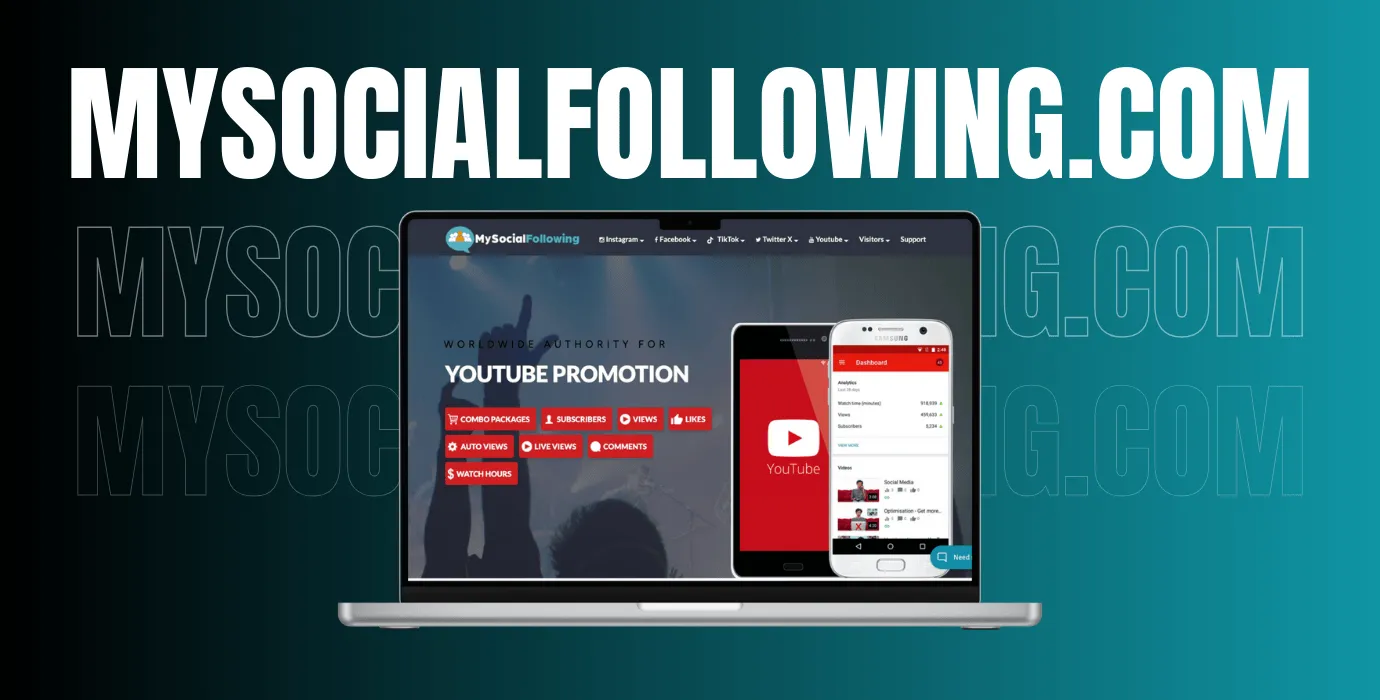Customer Experience Management (CXM) has become essential for businesses looking to build industry success. CXM focuses on understanding and improving every customer interaction, from initial engagement to ongoing support. It involves actively analyzing customer needs and expectations to create exceptional experiences.
By implementing thoughtful CXM strategies, companies can deliver seamless and personalized experiences that exceed customer expectations. In this article, we’ll explore everything you need to know about Customer Experience Management and how it can transform your business.
Planning for Customer Experience Management
So, Here we will explore a Customer Experience Management strategy designed to improve your business services:
Mapping the Customer Journey
The first step in Customer Experience Management is mapping the customer journey. This process involves tracking all customer interactions, from awareness to post-purchase support. By creating a visual representation of each touchpoint, businesses can identify challenges, improve key areas, and uncover opportunities to exceed customer expectations.
Gathering Customer Feedback
Capturing and analyzing the Voice of the Customer is essential to manage customer experience effectively. This process involves collecting feedback through surveys, interviews, social media, and other platforms. By analyzing this feedback, businesses gain valuable insights into customer preferences, expectations, and potential areas for improvement, helping them to refine their CXM strategy.
Customise Experiences through Personalization
Personalization is a essential aspect of Customer Experience Management. By using customer data and insights, businesses can customize interactions and offerings for each individual. This includes personalized recommendations, targeted campaigns, and tailored communications. The aim is to make customers feel valued and understood, fostering stronger engagement and long-term loyalty.
Engaging and Empowering Employees
Employee engagement is crucial for delivering exceptional customer experiences. When employees are aligned with the company’s values and goals, they’re more motivated to provide outstanding service. Customer Experience Management includes hiring and training customer-focused team members.
It can empowering them to create memorable experiences that drive customer satisfaction and loyalty. Active employees act as ambassadors of the brand, making a powerful impact on the overall customer journey.
Commitment to Continuous Improvement
Customer Experience Management is a continuous process that demands regular monitoring and improvement. By consistently evaluating customer feedback, analyzing data, and tracking key performance indicators, businesses can uncover areas for enhancement.
This may involve refining processes, addressing pain points, or assuming new technologies to better meet customer needs. Continuous improvement ensures that each stage of the customer journey evolves, creating lasting satisfaction and fostering brand loyalty.
Advantages of Implementing CXM
Customer Experience Management (CXM) is strategic approach that helps businesses improve customer interactions, leading to increased satisfaction. Implementing CXM offers several key benefits, making it essential for any company aiming to strengthen customer relationships.
So, Here are some of the primary advantages CXM can bring to your business:
Boosted Customer Loyalty and Retention
Focusing on creating exceptional experiences for customersizing exceptional customer experiences, businesses cantomers are more glad to make repeat purchases and recommend the brand to others. Through Customer Experience Management, companies can reduce churn by identifying pain points and offering personalised solutions.
By understanding and fulfilling customer needs, CXM helps businesses to create an environment where customers are eager to return, driving loyalty and long-term growth.
Improved Brand Reputation and Profitability
Positive customer experiences play a crucial role in shaping a strong brand reputation. When customers are satisfied, they are more likely to share their experiences, which boosts brand awareness and generates positive word-of-mouth.
This organic promotion not only attracts new customers but also supports the loyalty of existing ones, contributing to the long-term success of the brand. By consistently delivering exceptional customer experiences, businesses can improve their reputation and create a cycle of trust and advocacy.
Challenges and Drawbacks of CXM
Here are some drawbacks of implementing CXM:
Cost Implications
Implementing CXM strategies often requires significant investment, such as enhancing technology infrastructure, conducting thorough market research, and training staff. Businesses must assess the costs and long-term benefits of CXM initiatives to ensure they align with overall goals and provide measurable returns.
This careful review helps companies prioritize resources and maximize the impact of their CXM efforts.
Challenges in Measuring Return on Investment (ROI)
Measuring the return on investment (ROI) of Customer Experience Management (CXM) initiatives can be complex. Although tracking key metrics like customer satisfaction and customer lifetime value is essential, linking these improvements directly to CXM efforts can be challenging.
The multifaceted nature of CXM means its impact often meshes with other business factors, making clear attribution difficult. However, by assuming advanced analytics and integrating customer feedback, businesses can better assess CXM’s influence on their bottom line.
Difficulties in Scaling CXM Initiatives
As businesses expand, their Customer Experience Management (CXM) strategies must scale accordingly. It’s important that systems and processes can manage higher volumes of customer interactions. This ensures that customer satisfaction remains consistent, even as the business grows. By optimizing CXM for scalability, companies can maintain seamless, personalized experiences for all customers, regardless of the size of their customer base.
Balancing Personalization with Customer Privacy Concerns
Personalization plays a important role in Customer Experience Management (CXM), but it requires careful handling. Businesses need to balance delivering personalized experiences while respecting customer privacy. Collecting and using customer data should be done ethically, ensuring compliance with privacy regulations to build trust and avoid potential risks.
Quide’s Summary
In summary, Customer Experience Management (CXM) brings numerous advantages, such as fostering customer loyalty, boosting retention rates, improving brand reputation, providing a competitive edge, and increasing profitability. Yet, businesses must also address challenges like implementation costs, measuring ROI, scaling CXM initiatives, and maintaining customer privacy.
With thoughtful planning and effective execution, CXM can significantly improve customer satisfaction and business performance. By mapping the customer journey, capturing customer feedback, personalizing experiences, engaging employees, and committing to continuous improvement, businesses can cultivate strong, lasting customer relationships and stand out in a competitive market.




